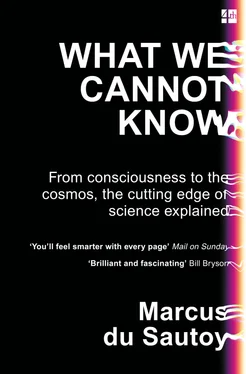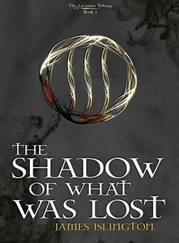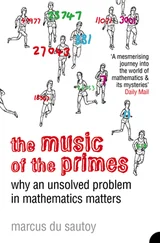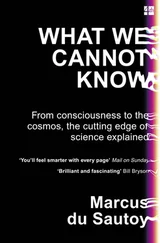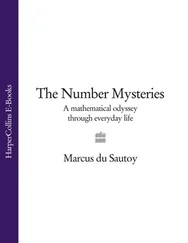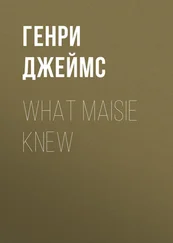Pythagoras’ theorem about right-angled triangles says that the square of the length of the diagonal is equal to the sum of the squares of the lengths of the two shorter sides. If I set the length of the sides of my dice as 1, then Pythagoras’ theorem implies that the length of the diagonal across the face of my dice is a number which, when you square it, is equal to 2. So what is this number?
The Babylonians had been fascinated by the challenge of calculating this length. Dating back to the Old Babylonian period (1800–1600 BC), a tablet housed at Yale University has an estimate for the distance. Written using the sexagesimal system, or base 60, they got the length to be:

which in decimal notation comes out at 1.41421296296 …, where the 296 repeats itself infinitely often. It is true of all fractions that when written as decimals they repeat themselves after some point. Indeed, any decimal expansion which does repeat itself can always be written as a fraction. The Babylonian calculation is quite a feat. It is correct to six decimal places. But when you square that fraction it just misses being 2. What the ancient Greeks discovered is that however hard the Babylonian scribes tried, they would always find that their fractions just missed squaring to 2.
It was one of Pythagoras’ followers, Hippasus, who is credited with the discovery that the Babylonians were doomed to failure. He proved that the length of this diagonal across the side of my dice could never be expressed as a fraction.
Pythagoras’ theorem about right-angled triangles implied that this long side had length the square root of 2 times the length of the short sides. But Hippasus could prove that there was no fraction whose square was exactly 2. The proof uses one of the classic tools in the mathematician’s arsenal: proof by contradiction. Hippasus began by assuming there was a fraction whose square was 2. By some deft manipulation this always led to the contradictory statement that there was a number that was both odd and even. The only way to resolve this contradiction was to realize that the original assumption must have been false: there can be no fraction whose square is 2.
His fellow Pythagoreans were reputed to be dismayed by the revelation that their beautiful right-angled triangles could produce such inharmonic lengths. The sect took a vow of silence, but when Hippasus let the discovery out of the bag, the story goes that he was drowned at sea for revealing such disharmony in the physical world. But these new numbers, called irrational numbers because they are not ratios of whole numbers, were not so easily silenced.
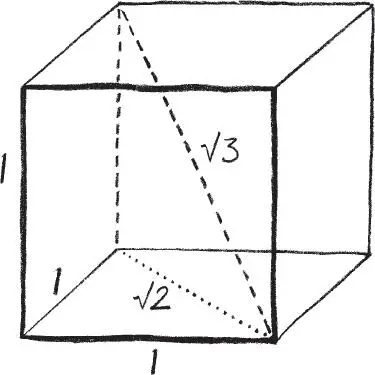
Irrational lengths inside the cube.
I certainly have the feeling that this length exists. I can see it on a ruler held up against the long side of the triangle. It is the distance between two opposite corners of any side of my dice. Yet try to write down the number as an infinite decimal and I can never capture it. It begins 1.414213562 … and then continues to infinity never repeating itself.
The discovery by the ancient Greeks that there were lengths that couldn’t be expressed as simple ratios of whole numbers led the mathematicians of the time to create new mathematics, the mathematics of irrational numbers, in order to truly take the measure of the universe. Other basic lengths like π, the circumference of a circle of unit diameter, also turned out to be irrational and not captured by ratios of whole numbers. Although the ancient Greeks knew 2000 years ago about the irrationality of the square root of 2, it took till the eighteenth century for Swiss mathematician Johann Heinrich Lambert to prove that no fraction could capture π.
Despite my aversion to things we cannot know, reading about numbers that can’t be captured using simple whole-number ratios or fractions was one of the defining moments that sparked my love affair with mathematics. The same year that my music teacher introduced me to the trumpet in the storeroom cupboard, my maths teacher introduced me to the proof of the irrationality of the square root of 2. The proof was contained in one of the books my maths teacher recommended to me to ignite the mathematical fire in me. It worked. I was amazed to find that you could prove with a finite logical argument that only the infinite could articulate what a length such as the diagonal across a square measured. If I couldn’t write out this length, the next best thing was knowing why I couldn’t know this number.
Since reading that proof as a schoolkid I have learnt about alternative ways to explore these irrational numbers – so perhaps these are numbers we can know. There are infinite expressions with patterns that make the number less mysterious. For example,

The discovery of these expressions pulls these irrational numbers into the known. A fraction is a number whose decimal expansion repeats itself from some point. Couldn’t I regard these expressions as a pattern, not too dissimilar from the repeating pattern of the decimal expansion of the fraction? The repeating pattern of the fraction means that there are two numbers whose ratio captures the number, while in the case of √2 and π I am resigned to needing infinitely many numbers to pin down these lengths. The question of whether something has to be finite to be known will haunt me continually throughout my journey to the frontiers of the unknown.
Of course, for any practical application of these numbers, I could probably get away with an approximation which is a fraction. Most engineers are happy to use the estimate 22⁄ 7for π that Archimedes got by approximating a circle with a 96-sided figure. In fact, I need only know 39 digits of π to be able to calculate the circumference of a circle the size of the observable universe to a precision comparable to the size of a hydrogen atom. There even exists a formula that can tell me what the millionth digit of π is without calculating all the intervening digits. Not something that I’m desperate to know. But this formula will only ever give me finite knowledge of a number that necessitates the infinite to fully embrace it.
The discovery of these numbers seemed to imply an infinite divisibility of space. Only by dividing space infinitely would I be able to measure the precise dimensions of my simple cube. The discovery meant that in the West Aristotle’s continuous view of matter would remain dominant until the Renaissance.
THE HARMONY OF TINY SPHERES
With the insights of the science of Newton’s generation and beyond, the tide would turn in favour of the view that the universe is indeed made from basic building blocks. Newton’s contemporary, Robert Boyle, was perhaps the first to question the Aristotelian view of matter, which had dominated for nearly 2000 years. In his book The Sceptical Chymist , Boyle challenged the idea that matter was made up of the four elements of fire, earth, air and water. These might be good descriptions of the states of matter but not of the constituents.
Instead, he argued for a new list of chemical elements. Not only that, he made what at the time was rather a heretical statement. He believed that these elements would be minute bodies or atoms differing only in ‘bulk, figure, texture and motion’. This was regarded as theologically dangerous: a materialistic godless view of the world in the eyes of the Church, which had always favoured the Aristotelian view. Some have declared Boyle the Galileo of the chemical revolution.
Читать дальше
